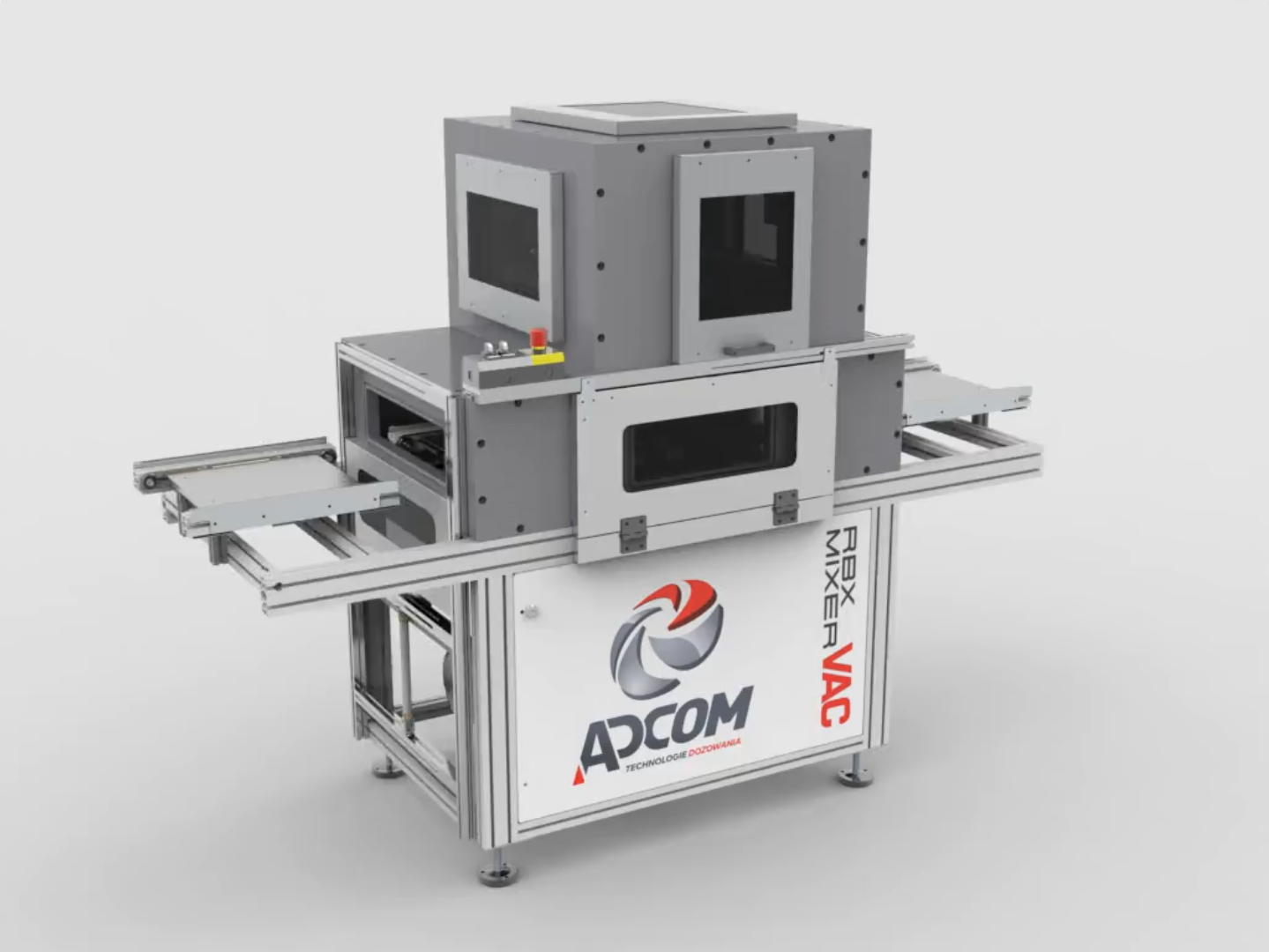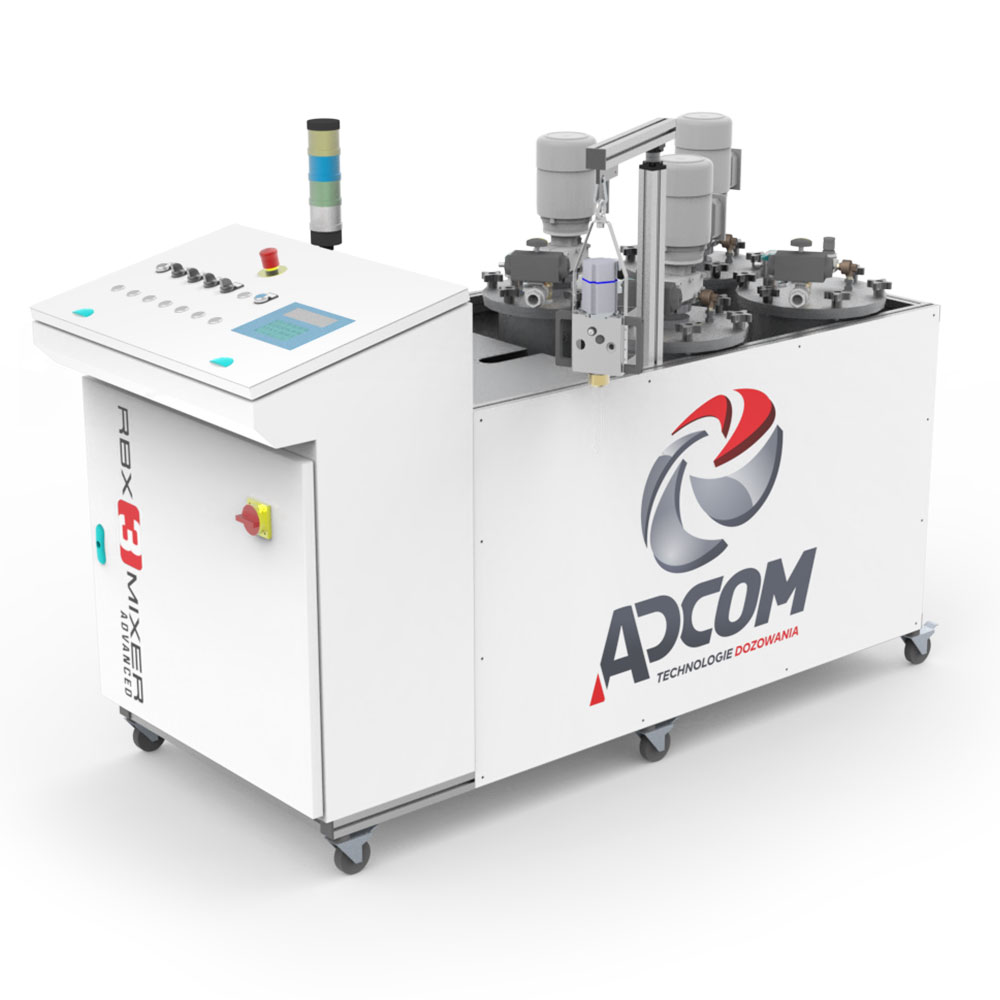Modern industry is making ever higher technical demands when carrying out various tasks. The field of electronics assembly is a good example illustrating how a variety of new processes have been implemented over a not too long period of time. One way of meeting the increasingly high requirements and thus improving quality is through encapsulation.
What is hermetisation of electronics?
The hermetisation of electronics is the process of creating a layer of insulating material (usually liquid in the initial stage) between the assembled electronic circuit (e.g. assembled PCB) and the environment with adverse external factors. The hermetisation is able to guarantee a complete tightness or increase the resistance of the circuit mainly against moisture and solid contaminants, e.g. dust/debris. In addition, if we use a sealant with higher thermal conductivity as a result, we can also improve the thermal conductivity of the entire circuit. The miniaturisation of electronic equipment is making it increasingly difficult to maintain acceptable levels of heat emission. Each of the above-mentioned phenomena causes a number of problems for modern electronics. By using hermetisation, a protected circuit is able to ensure trouble-free operation for a longer period of time. So the aim seems to be a noble one – let’s protect electronics! Below, we present hermetisation by dispensing silicone in the right amount around an IC placed on a PCB.
Hermetisation of electronics – materials.
Depending on the system we are dealing with and the results we expect in the future, we can use different encapsulation methods and different hermetisation substances. These are mainly thin-film 1-component coatings, 2-component sealants and 1- and 2-component gaskets. In terms of material, silicone (silicone dispensing), polyurethane, epoxy and acrylic are available in 1- or 2-component versions according to the application. It is important to bear in mind that each of the above substances has its own unique variations and parameters. Therefore, their proper selection is very important for obtaining the expected performance of our system.
Methods of hermetisation.
The hermetisation of electronics can generally be divided into three types:
- poured gasket,
- potting,
- varnishing.
Each of the aforementioned has different properties and a different intended use.
Use of a poured gasket.
The use of a poured gasket is a precise method of sealing the edges of a joint, the housing. In the case of electronics, there is very often a need to join the edges of the housing in such a way that it is tight and can sometimes be opened without damage. In this case, a classic oring-type seal or a dedicated cut-out foam seal can be used. Another example would be components of various types of mechanism, such as a car engine or drive train, which require complete tightness to function properly. Traditional gaskets are not the best solution, as they add to the production of waste and are more susceptible to damage during installation or further operation. A better solution is poured gaskets using a precision dispenser. Pouring gaskets involves not only better performance and protection for the product, but also a reduction in the cost of the work itself. Below, we show you silicone gaskets in the form of silicone dispensing.
Potting.
Potting -is one of the most popular and effective methods of encapsulation, and therefore very often becomes an integral stage in the manufacture of electronics. It consists of potting the enclosure containing the electronics with a sealant (e.g. PU, EPOXYD or SILICONE). Potting is widely used in many industries, especially where electronics of any kind are part of the component being manufactured. The type of material depends on the specific requirements of the project. It is currently one of the best available ways to properly protect products and improve their quality. The potting process is showed below.
Demanding hermetisation of electronics.
Some circuits with a complex design or designed to operate in harsher environments may require additional measures. In this case, the hermetisation process (hermetisation of electronics) can be modified by the use of vacuum. An example of such a system could be solenoid coils, for which the hermetisation process (using vacuum) helps to make them resistant to external factors (e.g. moisture) and improves their electrical and mechanical properties. In the case of the above process, one solution is to use specialised systems to improve the encapsulation process in a vacuum. One of these can be seen below, which has fully automated chambers designed to apply materials under reduced pressure.

Hermetisation of electronics – summary..
An hermetisationed electronic system is able to guarantee us a longer failure-free life. It has additional properties depending on the chosen hermetisation method (and material). A well-arranged and meticulously thought-out hermetisation plan has many advantages. When selecting a material, it should be borne in mind that hermetisation are usually in the form of two separate components, the correct mixing of which guarantees the expected properties. It is a very good idea here to use specialised dispensers that guarantee reproducible dosage and precisely mixed components. Below, you can see one such device with four resin containers for the individual components, which make it possible to change the mechanical properties of the dosed material. The dosing head, for example, has been suspended from a short arm for demonstration purposes. The final form of the bench is always consulted with the end user.










